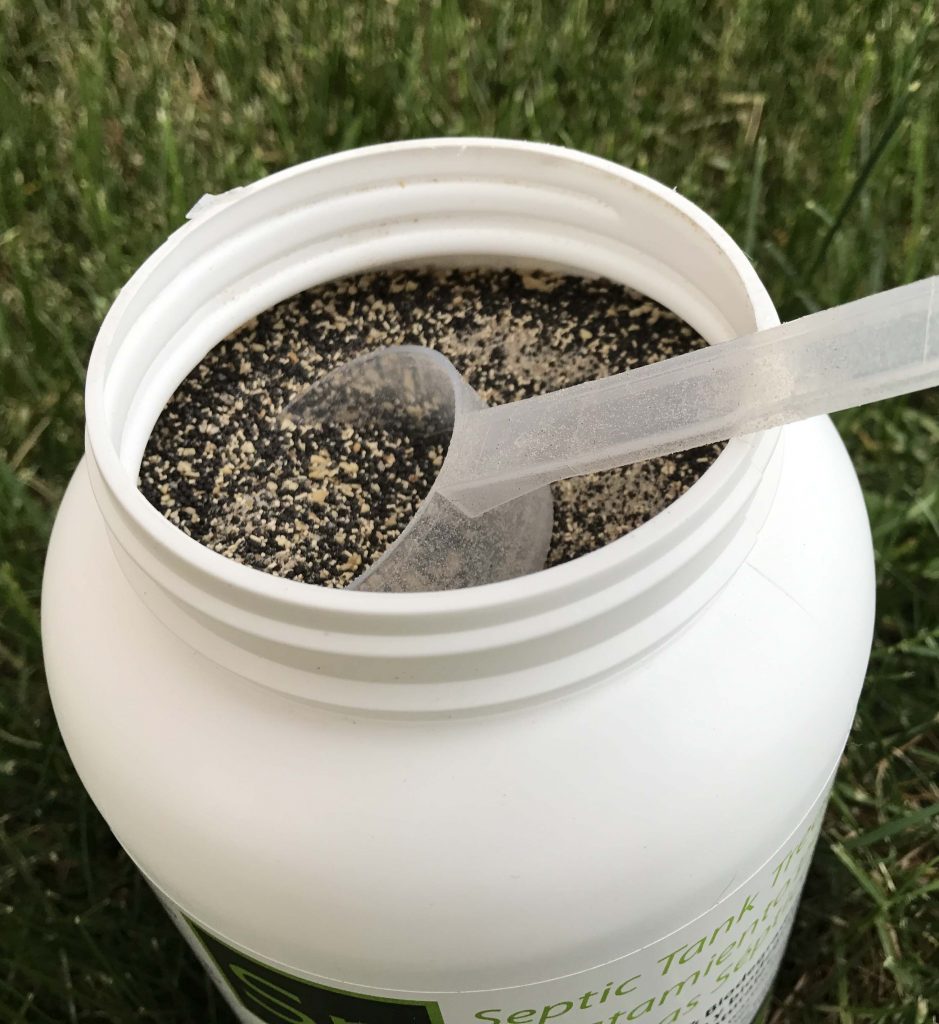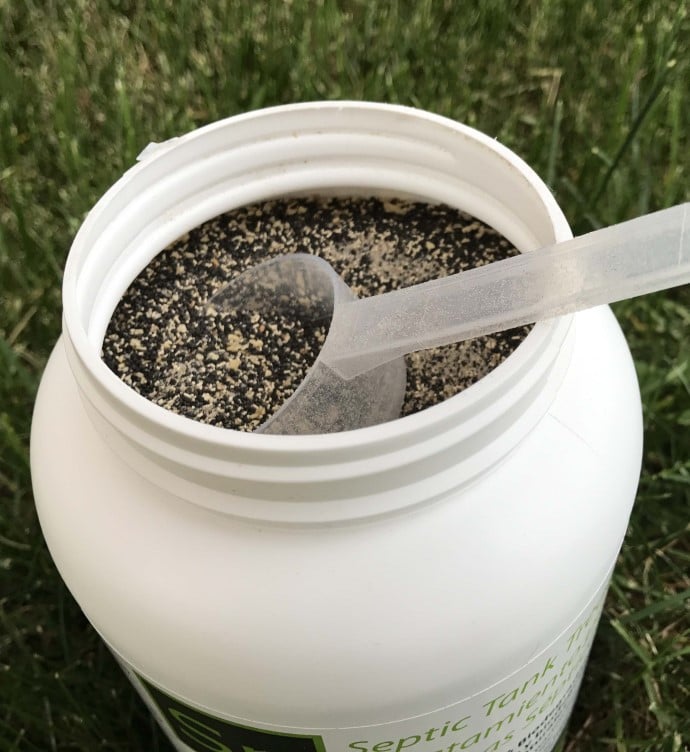
A raised mound is an unconventional type of septic system that’s for soil types with either very fast or very slow flow rates. Many still perceive the raised mound as a challenging wastewater treatment system that is raised above the ground. There are homeowners that choose to make the raised mound a part of their landscaping just so to hide the fact that it is a septic system. Maintenance of the raised mound needs extra attention. One aspect to focus on is the construction fabric that lines it. The fabric is installed before the top soil is placed. Since the raised mound I above the surface, it’s more exposed to the elements. It isn’t the same as conventional septics that are buried underground, with the heat continuously circulating for the bacteria’s metabolism. As you may know, high temperature yields a high metabolic rate. The construction fabric helps trap the heat inside the raised mound so that the resident bacteria could break down the solid waste particles efficiently. The homeowner should always inspect the construction fabric especially before winter because when it’s deteriorated by the time the first snow falls, the raised mound will freeze over during the entire winter. This will bring about a terrible problem to the entire property.
Another part to concentrate on is the pump out session. The sand mound also has a tank that collects the wastewater. In here, the anaerobic bacteria take action in breaking down the solid waste materials before the clear effluent passes to the soil absorption area. The tank needs to be pumped out regularly so that the solid waste materials won’t accumulate that much and clog the system. This should be scheduled with the help of your septic expert.
Raised mound additives should also be considered in maintaining the raised mound system. There are so many additives available in every septic shop, grocery, or mall. You could freely check them out. Only two categories of raised mound additives are being manufactured—inorganic and organic. The inorganic additives are those enzymes and chemicals that kill the resident bacteria and corrode the physical components of the raised mound. These are very strong acids and bases that do more harm to the raised mound. These compounds aren’t recommended anymore because they also discharge chemicals to the surrounding environment. The organic raised mound additives are made up of bacteria that strengthen the potency of the resident bacteria in breaking down the solid waste materials. Bacteria are organic, living microorganisms that do not have any chemical discharges. They are safe for the environment and for the raised mound.
Maintaining the raised mound system would be done more efficiently and much more economically with the use of organic raised mound additives. The processes of bioaugmentation and bioremediation use bacteria in taking care of the raised mound. Bioaugmentation uses a specific bacteria strain to get rid of the raised mound contaminants. Bioremediation makes use of non-pathogenic bacteria in converting harmful solid waste materials into safer forms.
Bacteria-based additives would save the homeowner a lot when it comes to pump outs. If they are applied regularly, the bacteria will continuously work on the solid waste materials. They won’t give the solid waste materials time to accumulate heavily. It would take less pump outs to get rid of the accumulation.
Having a raised mound as a septic system may need more effort but with the help of bacteria as your raised mound additives, most of the work is already done for you.
